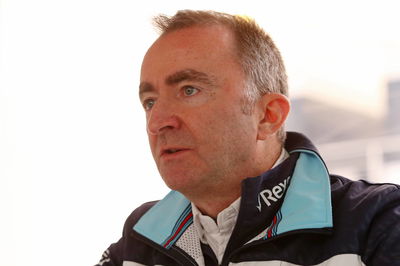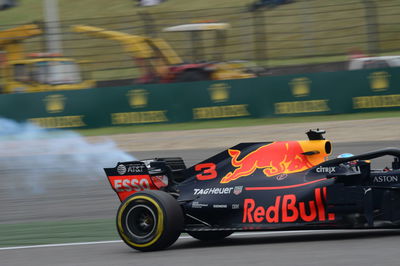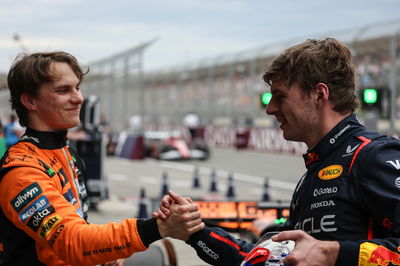F1 had the wrong approach to cost saving for 15 years - Lowe
Williams technical chief Paddy Lowe believes Formula 1 has spent the last 15 years taking the wrong approach with how to reduce costs in the sport.
In its bid to help improve the show and promote greater competition between teams, new F1 owners Liberty Media presented its key proposal points for sport’s future beyond 2020, including the next set of power unit regulations, a cost cap and a more even revenue distribution between participating teams.

Williams technical chief Paddy Lowe believes Formula 1 has spent the last 15 years taking the wrong approach with how to reduce costs in the sport.
In its bid to help improve the show and promote greater competition between teams, new F1 owners Liberty Media presented its key proposal points for sport’s future beyond 2020, including the next set of power unit regulations, a cost cap and a more even revenue distribution between participating teams.
A more equitable spread of prize money and proposed budget cap of $150m per year has been well-received by Williams, with deputy team principal Claire Williams saying she wanted to “crack open some champagne” in response to the meeting which took place ahead of the Bahrain Grand Prix.
While he is pleased by the blueprint, Lowe insists more could have been done under F1’s previous governance, which he added had been “attacking it [cost-saving] from the wrong end” for over a decade.
“The two elements of what is proposed are much more equal distribution and a level expenditure. Those are structural components of close and competitive racing," Lowe explained.
“And that is the direction that it is regrettable that it has taken this long to accept. We have spent 15 years on the subject of cost saving, attacking the problem with some good outcomes.
“Things like getting rid of testing, restricting wind tunnel hours have been very effective to not take cost out but to control the escalation of cost because costs have grown year on year.
“But really attacking it from the wrong end. The direction from which you need to approach this from is from the input end, which is what is the money coming in, and what can you do with it.”
Lowe says achieving a grid with a performance difference of around one second is an exciting and realistic prospect that F1 should target.
“If you could have the whole grid working within a performance range of one or one and a half seconds that would be terrific and exciting. If you take that group over the first three races this year, and look at some of the variations in competitiveness, it is pretty variable.
“The Toro Rosso was incredibly quick in Bahrain, and not so quick here today. That is a terrific prospect if we can (go) towards that, and a commercial structure that puts all the teams into that bracket.”












